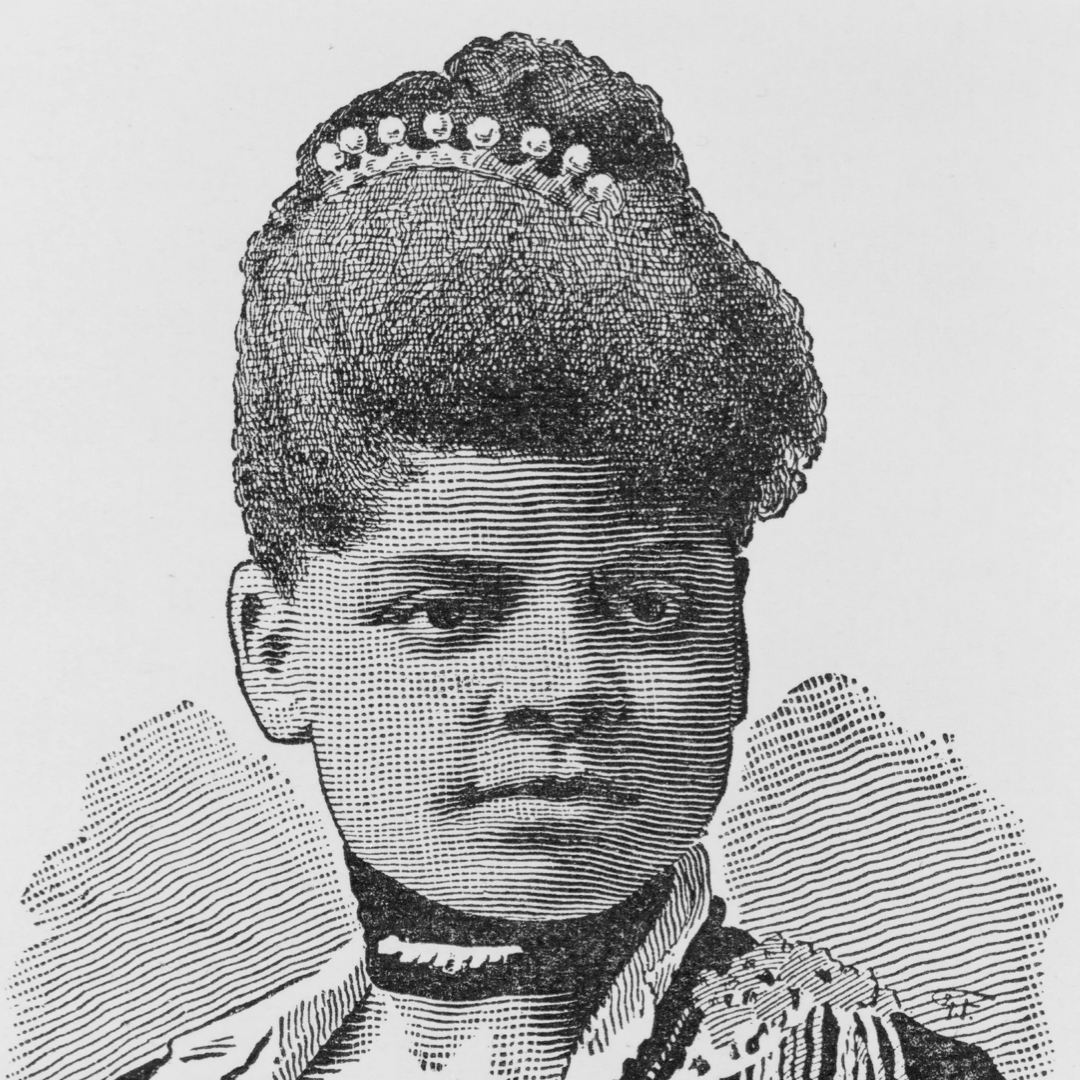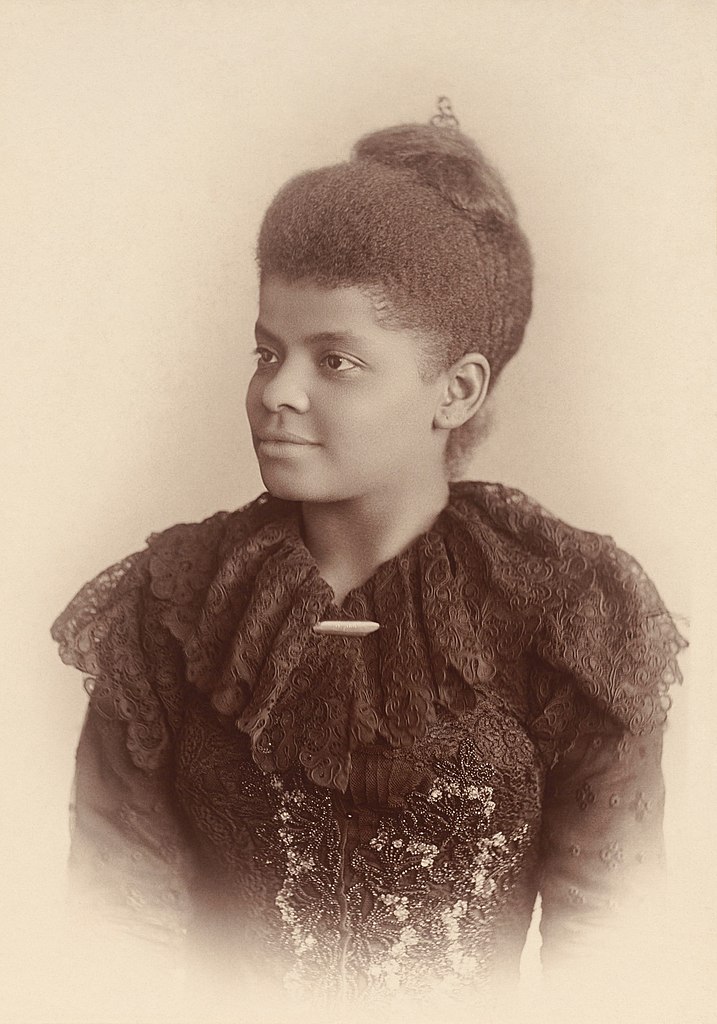
Meet Crusading Civil Rights Journalist Ida B. Wells
Published on March 21, 2024
Created by Larissa Rolley, eATLAS’ Women in Chicago tour Adventure visits 17 locations throughout the city focusing on women who shaped the city’s past, including Ida B. Wells, and are defining its future.
By Dave Lifton (@daveeatschicago)
In 2019, Congress Parkway in Chicago was renamed Ida B. Wells Drive. It was the first time the city had named a downtown street after a woman and person of color, and there could be no Chicagoan more deserving of the honor than the trailblazing journalist and activist.
Ida Bell Wells was born into slavery in 1862 in Holly Springs, Miss., as the oldest of eight children. Her father was a carpenter who became a trustee of Shaw College (now Rust College), which she attended. However, she was forced to drop out in 1878, after her parents and youngest brother died during a yellow fever epidemic. Wells, who was visiting her grandmother at the time, became a teacher, and, three years later, moved with her two youngest sisters to Memphis to live with an aunt.
While in Memphis, she continued teaching and began to write articles against the Jim Crow segregation laws for Black-owned newspapers under the pseudonym “lola.” In 1883, she sued a train company after being forcibly removed from a first-class car even though she had a ticket. She initially won $500, but the verdict was overturned by the Tennessee Supreme Court on appeal.
After being fired from her teaching job for penning a piece that detailed the inequities of Black schools, she became a full-time journalist. Wells became the editor and co-owner of the Memphis Free Speech and Headlight.
Then, in 1892, her friend Thomas Moss and two of his employees were lynched following a series of altercations outside Moss’ grocery store. Wells starting traveling the South investigating lynchings and publishing her findings. The backlash from Memphis’ White community led to the Free Speech’s office being destroyed by a mob. Fortunately, Wells was in New York at the time, and she never returned to Memphis.
Wells began writing for T. Thomas Fortune’s influential New York Age and continuing to inform the public about the treatment of Blacks in her former home. In her pamphlet Southern Horrors: Lynch Law in all Its Phases, she wrote that the main cause of lynchings wasn’t Black transgressions, but rather fear of Black economic progress.

Her next stop was Chicago, where she joined forces with Frederick Douglass, I. Garland Penn, and Ferdinand Barnett. They published a pamphlet called The Reason Why the Colored American Is Not in the World’s Columbian Exposition to highlight the achievements of Black Americans. Wells set up a desk at the Haiti Building (the only predominantly Black country given space in the fairgrounds; Douglass was there as a representative of the Haitian government) and distributed 10,000 copies. Eventually, the organizers declared that August 25 would be ‘Colored American Day’, devoted to Black culture and history. Wells denounced the designation, saying it was a token gesture, although Douglass participated and delivered a highly regarded speech.
Two years after the fair, Wells married Barnett and became the editor of his newspaper, the Chicago Conservator, while also raising their four children. In addition to writing about the horrors of lynching, Wells-Barnett, as she now went by, took up the cause of women’s suffrage. She extended her reach beyond the printed word, co-founding the National Association of Colored Women (1896), National Afro-American Council (1898), NAACP (1909), Negro Fellowship League (1910), and the Alpha Suffrage Club (1913).
Ida B. Wells-Barnett died on March 31st, 1931. She’s buried in Oak Woods Cemetery on Chicago’s South Side, next to her husband, who passed away five years later. Their Bronzeville home at 3624 S. Martin Luther King Dr., where they lived from 1919-1929, is a city and national landmark.
In recent years, her career achievements have received greater recognition. She was posthumously awarded a Pulitzer Prize in 2020 for her “outstanding and courageous reporting on the horrific and vicious violence against African Americans during the era of lynching.” The $50,000 award was given to the Ida B. Wells Society for Investigative Reporting, who subsequently donated it to the Wells Scholarship Fund at the Craig Newmark Graduate School of Journalism of the City University of New York.
A year later, The Light of Truth Ida B. Wells National Monument, a sculpture by world famous artist and Chicago native Richard Hunt, was unveiled on the 3700 block of S. Langley Ave. in Bronzeville. The creation of the monument is the subject of a 2024 documentary.
Mattel has even recognized Wells’ importance. In 2022, an Ida B. Wells Barbie—complete with a copy of the Memphis Free Speech—was introduced as part of its Inspiring Women Series, ensuring that future generations will be influenced by Wells’ incredible life story.

The Adventure starts when you say it does.
All eATLAS Adventures are designed and built by experienced eATLAS Whoa!Guides. They're always on. Always entertaining. And always ready to go.
Check out our Adventures!